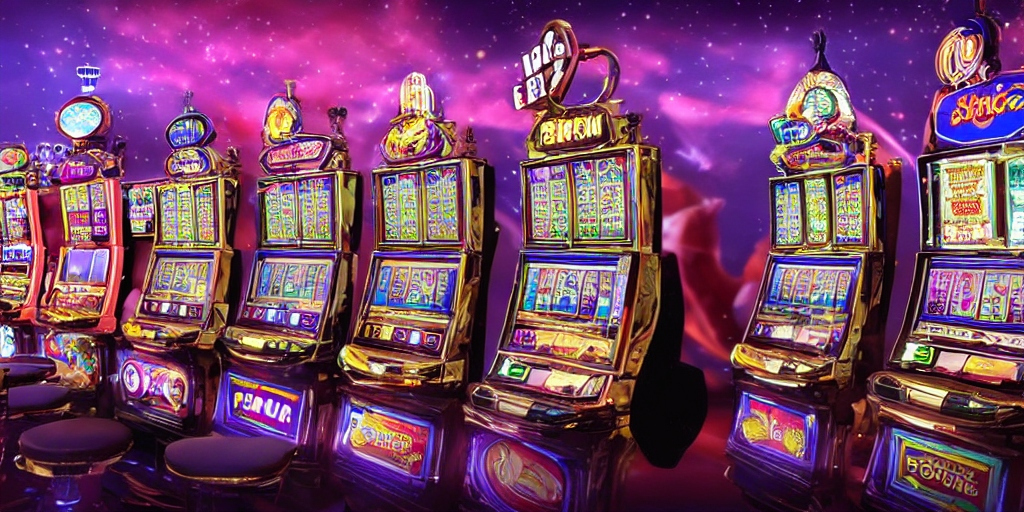
Manga has long been a lively and impactful part of Japanese culture, captivating readers with its unique art styles and compelling storytelling. NetTruyenViet As the popularity of these manga continues to grow internationally, many narratives are making the leap from page to screen, transforming cherished characters and plots into real-life films and series. This shift often sparks heated discussions among fans, as they evaluate the pros and cons of bringing manga to life through real-world adaptations and tangible environments.
The best live-action adaptations manage to capture the spirit of their source material while also providing a innovative perspective that can revitalize into familiar tales. Whether it is the thrilling action of shonen series or the emotional complexity of slice-of-life stories, there is something remarkably captivating about seeing these tales unfold in a different medium. In this exploration of the top live-action manga adaptations, we will delve into the films and shows that have effectively bridged the gap between paper and image, celebrating the magic that happens when artistry meets live performance.
Top Live-Action Adaptations
Live action adaptations of Japanese comics have garnered significant interest throughout the years, highlighting the rich storytelling and diverse art styles that manga is known for. A standout title in this realm is "Death Note (series)," which has enthralled viewers with its mind-bending thriller elements. The source manga’s intricate plot about a school student who gains the power to kill anyone by inscribing their name in a book has been adapted into multiple films, with the local adaptations often receiving acclaim for their loyalty to the original work.
Another significant adaptation is "Rurouni Kenshin," which portrays the adventures of a traveling swordsman in the Meiji era. The movies captures the essence of the core of the manga through stunning action scenes, character-driven stories, and a dedication to historical accuracy. Fans have applauded the way the filmmakers successfully combined intense fight sequences with the complex themes of redemption and the consequences of war, all while remaining faithful to the spirit of the original work.
"Alita: Battle Angel" is also a significant entry in live-action adaptations. Based on Yukito Kishiro’s manga "Gunnm," this film brings a cutting-edge sci-fi world to life, featuring state-of-the-art visual effects and a powerful performance by Rosa Salazar as the titular character. The film has ignited renewed enthusiasm in the manga and has brought Alita’s compelling story to a broader audience, showcasing the capacity for manga narratives to flourish in cinematic form.
### Key Elements for Success
For creating a successful live-action version of a manga, it is crucial to remain true to the source material while enhancing it for a alternate medium. This requires understanding the core motifs and character arcs that define the manga, ensuring that these elements are accurately represented on screen. Fidelity to character portrayal and personality is vital; fans often have a strong emotional attachment to the source material and storytelling, so capturing the essence of beloved characters can significantly influence the approval of the adaptation.
A further important consideration is the choice of visionary and scriptwriter. A deep understanding of both the manga and the filmic techniques is needed for translating the story effectively. Directors who value and comprehend the subtleties of the original work can create a narrative that speaks with audiences, balancing the aesthetic with a strong plot. Working together with the original manga creators can also provide important perspectives and help avoid issues that impact negatively from the adaptation.
In conclusion, production quality holds a significant role in the success of live-action adaptations. Elements such as casting, set design, costume fidelity, and special effects must be carefully managed to create an authentic experience. High production values can engage audiences in the world of the manga, making the transition from page to screen more smooth. By prioritizing the authentic representation of the original manga, adaptations can capture both the essence of the work and the interest of new viewers.
Audience Reactions and Reviews
Audience reactions to live action adaptations of comic books are often mixed, showing the diverse expectations of viewers. Many enthusiasts approach adaptations with great hopes, excited to see cherished characters and stories brought to life. However, these hopes can lead to disappointment, particularly when the subtleties of the source material are lost in adaptation. Fans often voice their worries about the depiction of characters and alterations in the storyline, feeling that adaptations sometimes fail to reflect the spirit of the manga.
Critiques often center around the aesthetic and story fidelity of the adaptation. Fans pay close scrutiny to costume design, special effects, and performances, hoping to see a faithful representation of the original work. When adaptations deviate too much from the original artwork or change significant plot developments, intense debates arise within the community. Some enthusiasts value creative liberties that improve the story for a different medium, while others vehemently oppose any changes from the original comic’s storyline.
Ultimately, the effectiveness of a live action adaptation depends on its ability to resonate with both current fans and new audiences. While some adaptations find a successful balance that pleases a broader demographic, others may struggle to navigate the elevated standards set by the source manga. The conversation about these adaptations keeps to evolve, showing the challenges of translating cherished stories from comic to screen.